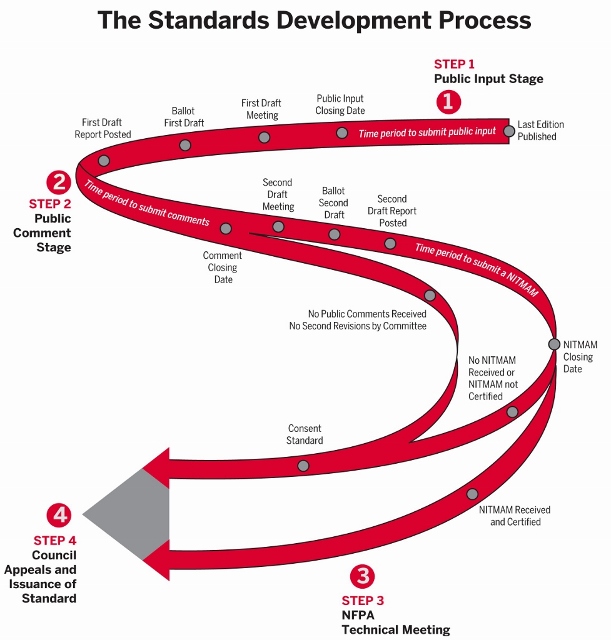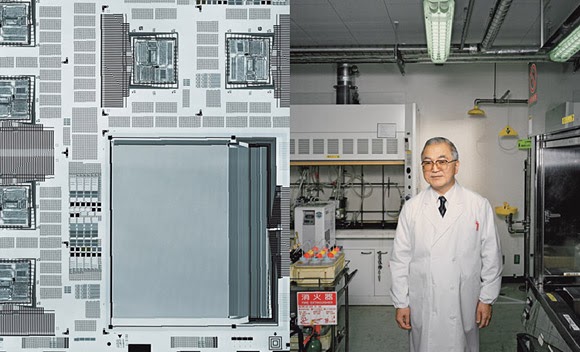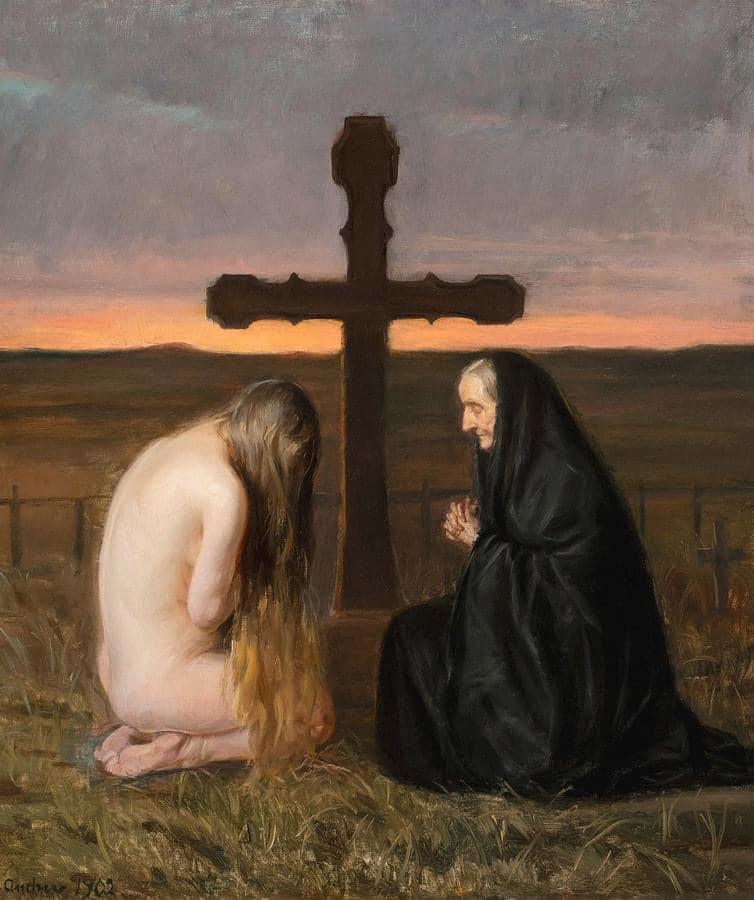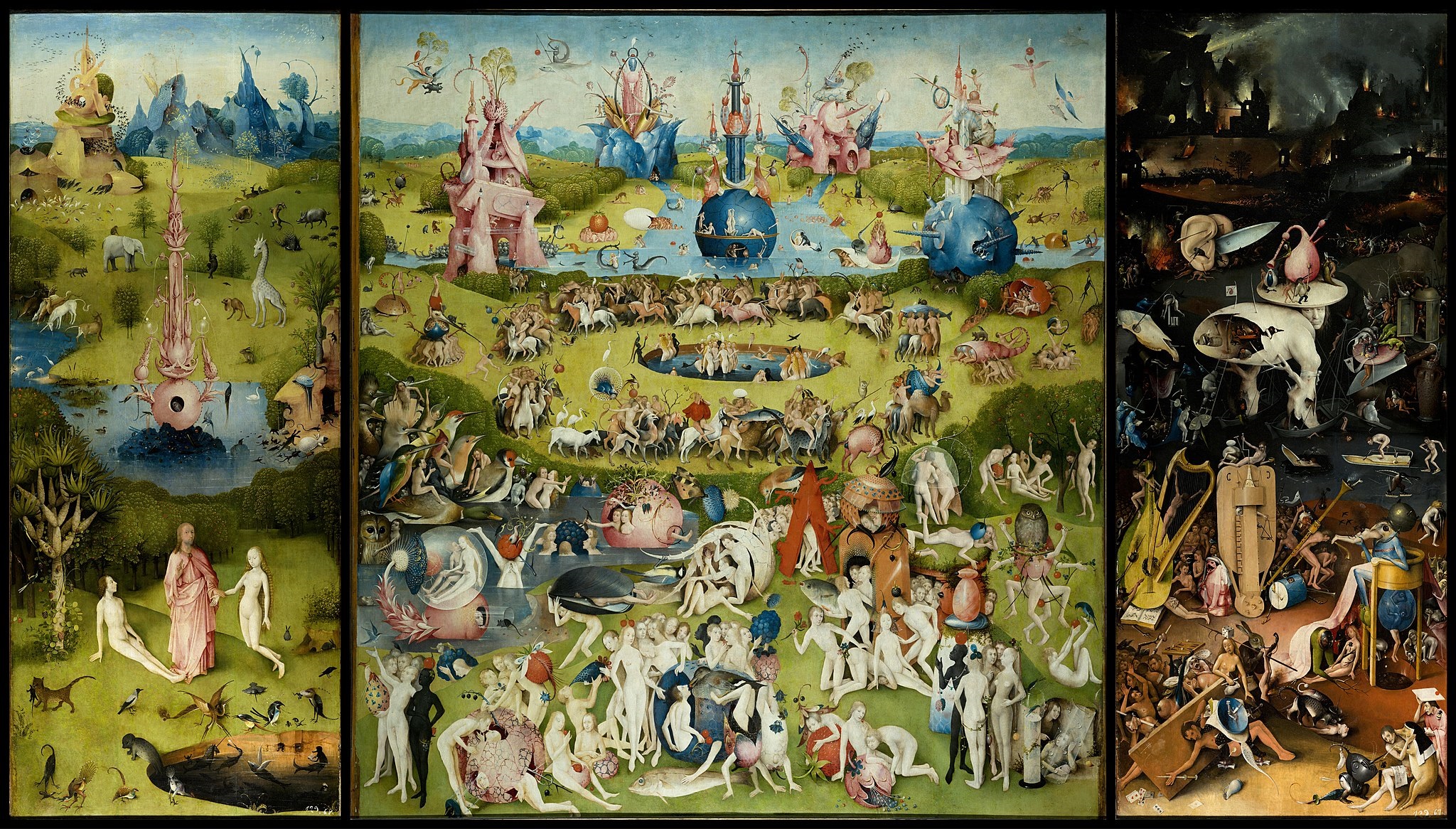Public input on the 2029 Revision will be received until April 9th. Over the next weeks and months — typically meeting twice a day every Tuesday — we will pull forward our previous proposals and draft original proposals relevant to the education and healthcare electrotechnical infrastructure of educational settlements. Link to Proposed Reorganization.
Photo at 2723 State Street Office*
Mike was part of the National Electrical Code Quarter Century Club but was at another conference and not able to receive the award at the June conference. University of Michigan support began in 1993. IEEE support began in 2014.
*New Office (a short walk across the street) starting October 1: 455 East Eisenhower, Ann Arbor, MI 48108
Current Issues and Recent Research
Today we examine Second Draft transcripts of the Special Equipment Chapter 6 (CMP-12) and product inspection, testing and certification listings that appear Annex A (CMP-1).
Once every eighteen months we spend a week drilling into the National Electrical Code by submitting new proposals or comments on proposed revisions. Today we review the actions taken by the technical committees on the First Draft. Responses to committee actions will be received until August 26th.
Interconnected Electric Power Production Sources “Microgrids”























